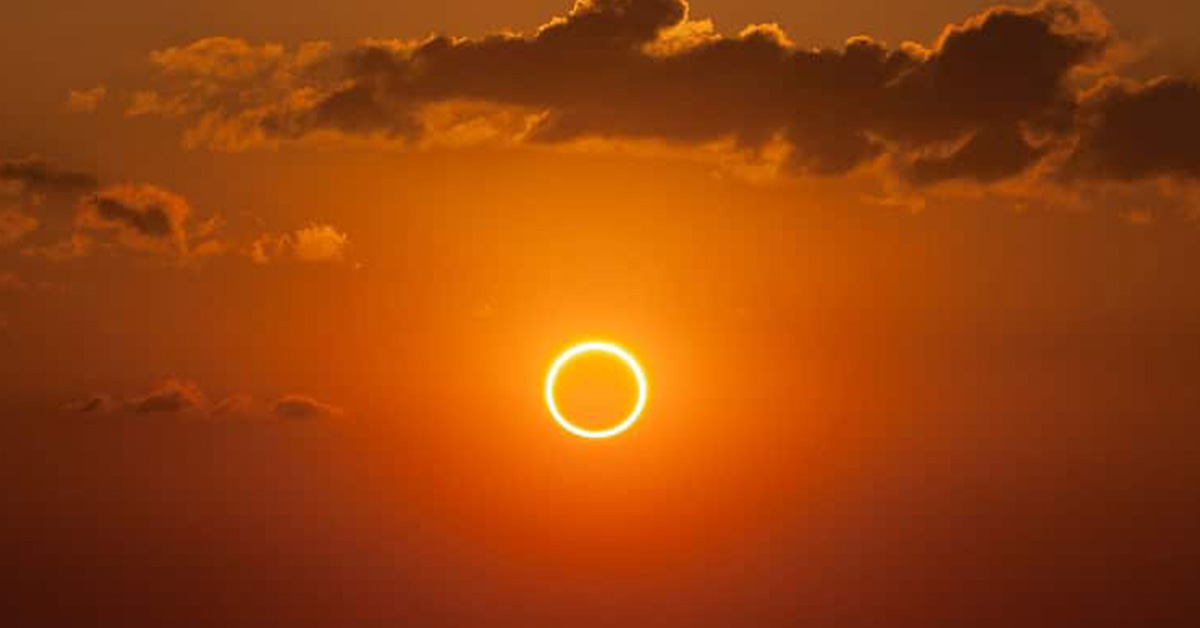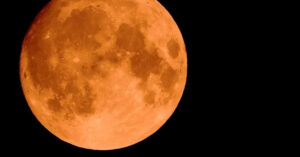A few days from now, one of the most exciting science events of the year will happen. Many folks in the Americas will be able to see a “ring of fire” eclipse on Saturday, October 14, 2023. In contrast to total solar eclipses, this amazing event happens when the Moon is the farthest from Earth. This means that it can’t completely block the Sun, but it can still create a bright circle around it.
Parts of Oregon, Nevada, Utah, New Mexico, and Texas are in the line of totality this time, making people in those states the luckiest in the United States. A partial eclipse is truly amazing, and you might get to see it if you live in or near all of those states. The line of annularity goes through the Yucatán peninsula in Mexico, Central America, Colombia, and the northern part of Brazil. This Google Maps route of the eclipse was made by French expert Xavier Jubier. It will tell you exactly how much of it you can see (if the weather permits).
If you happen to be in the line of the eclipse, you’ll need to take extra care before you can enjoy it. The Sun is never fully covered by the eclipse because it is an annular eclipse. This means that you should never look straight at the Sun during the eclipse. Getting approved solar glasses is the best thing you can do. On this page, the American Astronomical Society has put together a list of trustworthy stores that sell sun filters.
If you need to see the eclipse quickly, there are other ways to do it. One way is the pinhole method, in which you punch a hole in a card. Since it lets light through, you can project the picture of the sun onto a nearby surface, like a wall. You can do this with your hands too. Lay your back against the Sun and spread your arms out. With your fingers slightly open, put one hand on top of the other to make a waffle shape. The spaces between your fingers will make a grid of small pictures appear on the ground. These pictures will show you how much of the Sun the Moon has covered.
If you don’t live near the path of the eclipse or just want to watch it from home, NASA will show it live. From 11:30 a.m. to 1:15 p.m. EST on Saturday, October 14, you can watch it on NASA TV, their website, and their social media pages. If you miss this eclipse, don’t worry—you’ll have another chance in the spring of 2024, when a total eclipse will cover most of North America on April 8, 2024.
Many folks in the Americas will be able to see a “ring of fire” eclipse on Saturday, October 14, 2023.

Unlike total solar eclipses, this amazing event only happens when the Moon is very far away from Earth. This means that it can’t completely block the Sun, but it does create a bright circle around it.




